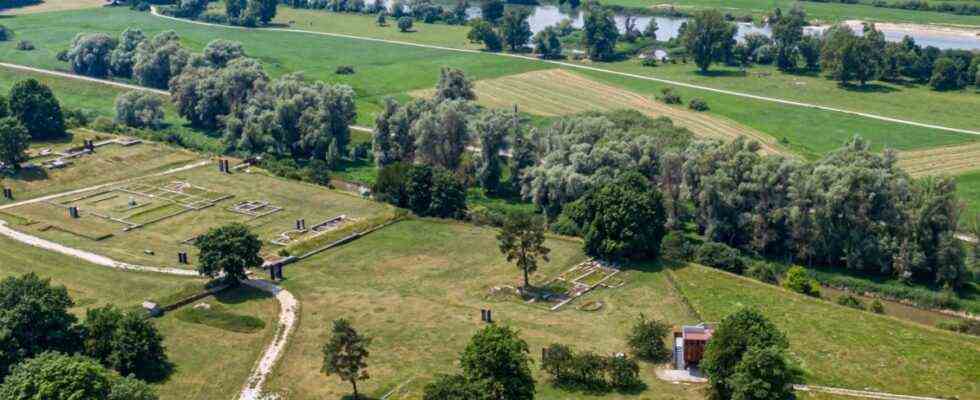Unesco has designated the Danube Limes as part of the border of the ancient Roman Empire as a new world heritage site. The responsible committee of the UN Organization for Education, Science, Culture and Communication (Unesco) announced the decision at its 44th meeting in Fuzhou, China. In its Bavarian section, the Danube Limes extends from Bad Gögging in the Kelheim district via Regensburg and Straubing to Passau.
At the current Unesco meeting, which will run until this Saturday (July 31), Germany has already received its fifth award. Only cultural and natural sites of outstanding universal value are designated as world heritage. The Danube Limes is the 51st Unesco World Heritage Site in Germany.
Before the decision on Friday, tension had risen after Hungary temporarily withdrew from the joint application with Germany, Austria and Slovakia. The committee then postponed the decision that was actually planned for Monday and initially set up a working group for further deliberations.
6000 kilometers in length in Europe, Asia and Africa
The Limes stretched from Great Britain across Central and Eastern Europe and the Middle East to North Africa. The Unesco is striving for the complete transnational registration of the 6000 kilometers long “borders of the Roman Empire”. On Tuesday, the Lower Germanic Limes was already included in the World Heritage List, which runs for around 400 kilometers along the Rhine. The border section begins in Rheinbrohl in Rhineland-Palatinate and ends at the North Sea in the Netherlands. In North Rhine-Westphalia there are 220 kilometers between Bonn and Kleve.
The fortifications of Hadrian’s Wall and Antonine Wall in Great Britain (1987/2008) and the Upper German-Raetian Limes in Germany (2005) had already received awards.
The World Heritage Committee that decided on the award is made up of 21 elected contracting states to the 1972 World Heritage Convention. As a rule, it decides annually on the inscription of new cultural and natural sites on the World Heritage List. Because of the pandemic, the conference was postponed last year. There are more than 1,100 cultural and natural sites in 167 countries on the World Heritage List. 51 of them are considered threatened.

